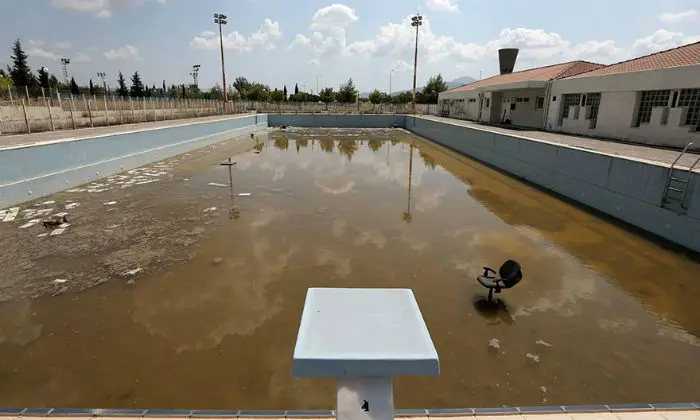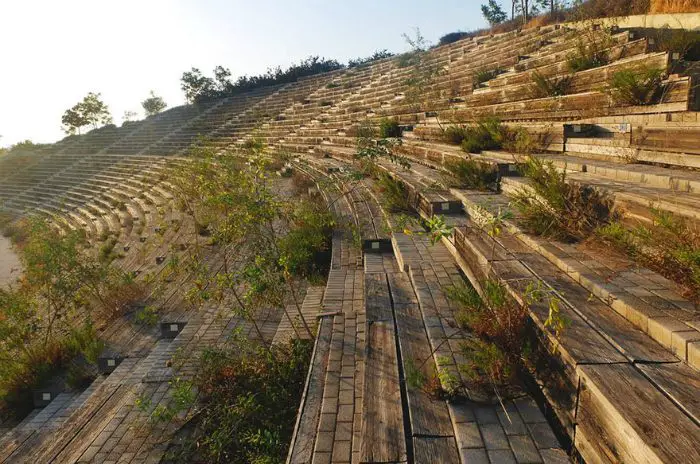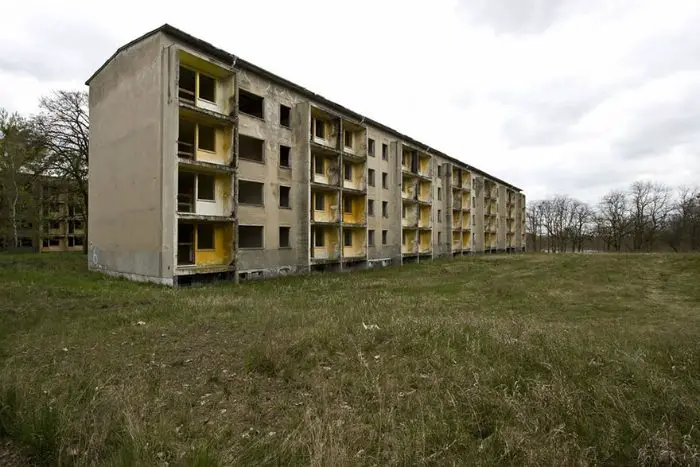The Summer Olympic Games see the eyes of the entire world turn to one city as they put on the show of a lifetime! Thousands of people flock to the host city, filling stadiums, hotels, and streets for the month of the Olympic and Paralympic Games.
With so much media attention, the pressure is on for the host cities to build the highest quality facilities with ever more adventurous architecture to be memorable and impressive. Things have certainly progressed since the very first ancient Olympic Games in 776 BC! Although in their modern iteration, the Olympic Games were first hosted in Athens in 1896. Since then the event has been held in 19 different countries.
With so much money and effort invested into an area of a city for such a short window of time on the world’s stage, quite often the venues quickly fall into disrepair once the games are over. Here, we take a look at how some of the stadiums, arenas, and Olympic villages look now, and how ultimately it seems like a huge waste of money.
-
Bobsled Track, Sarajevo, 1984 Winter Olympics

These impressive structures that once hosted 90 mph bobsleds rushing down them have since been taken over by nature. Moss and plants have crept across the once pristine tracks which were left to crumble away. Unfortunately, much of the Olympic Village in Sarajevo was destroyed due to a civil war in the early 1990s.
-
Olympic Village, Athens, 2004 Summer Olympics Venue

A pool which hosted the training for an incredible eight world records and 25 Olympic records, now hosts a single office chair. The brilliant blue waters have been replaced by murky brown ones, and where dozens of athletes would have sat, cheering teammates on, now only weeds and dust remain.
-
Swimming pool, Berlin, 1936 Summer Olympics Venue

Berlin’s 1936 Olympics are arguably the most infamous. They took place under Nazi rule, and the village was used shortly after the Olympics as barracks for the German army. Many of the locations within the village are now barely recognizable as Olympic venues.
-
Ski Jumping Tower, Grenoble, 1968 Winter Olympic Games

Offering an astonishing view over the city, 17 nations participated in Ski Jumping events at this tower in 1968. Now, the concrete structure seems bare and barren, but the view remains as incredible.
-
Kayak and Canoeing Venue, Athens, 2004 Summer Olympics Venue

This venue has clearly fallen into great disrepair. What was once an impressive structure now looks as though it has come straight out of a post-apocalyptic novel. Where thousands of fans would have sat, enthralled at the Olympic action, now sit only weeds and broken bricks.
-
Olympic Mascots 2008 Beijing Summer Olympics

Two mascots lie on the ground behind a never-completed mall in Beijing. The mascots that were once a sign of such joy and happiness, now seem sad and derelict, lying uselessly in the grass. Perhaps one of the most poignant metaphors for what an Olympic Games can do to a city.
Beijing experienced various financial difficulties in preparing for the Olympics, with many projects left incomplete.
-
Olympic Village, Berlin, 1936 Summer Olympics Venue

These houses once belonged to the athletes competing in the 1936 games. They now lie completely unused, bare concrete looking unsightly, and overgrown grass surrounding the buildings.
-
Tennis Court, Atlanta, 1996 Summer Olympics Venue

There is no love left on these tennis courts. The nets have almost completely disintegrated, and grass and weeds are springing up through the floor. After 20 years since their Olympic debut, they have certainly seen better days!
-
Olympic Stadium Train Stop, Munich, 1972 Summer Olympics

Once used to transport thousands of adoring fans from all over the world, in Munich to support their home country, the station now lies totally unused. Plants have taken over the station and the tracks – nobody will be coming through here anytime soon.
-
Cinema, Olympic Village, Mexico City, 1968 Summer Olympics

This cinema once hosted movie nights and other entertainment for the athletes in the village. They would congregate here and talk and laugh and live together, but now it remains barren and unused.
After the excitement of the games has died down, cities are left with venues that they simply cannot maintain. As people move on and begin to forget the games, they forget the venues too.

